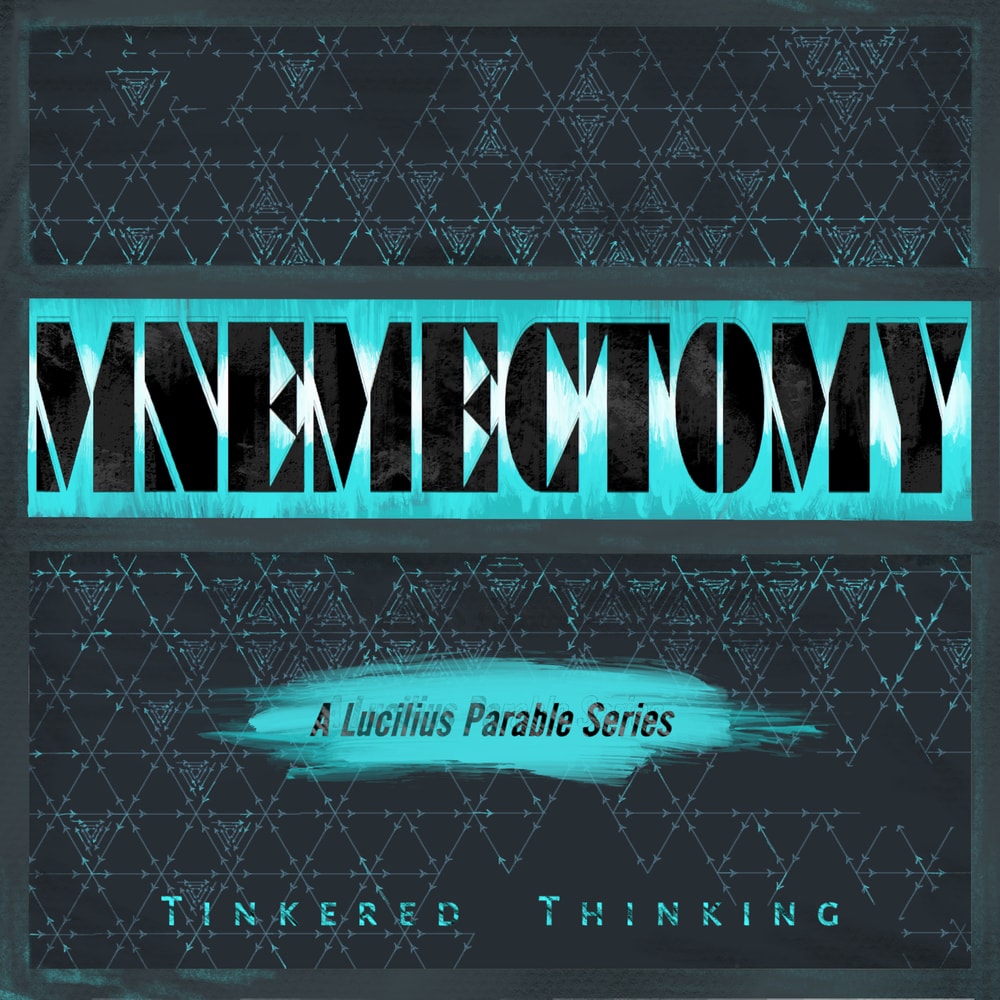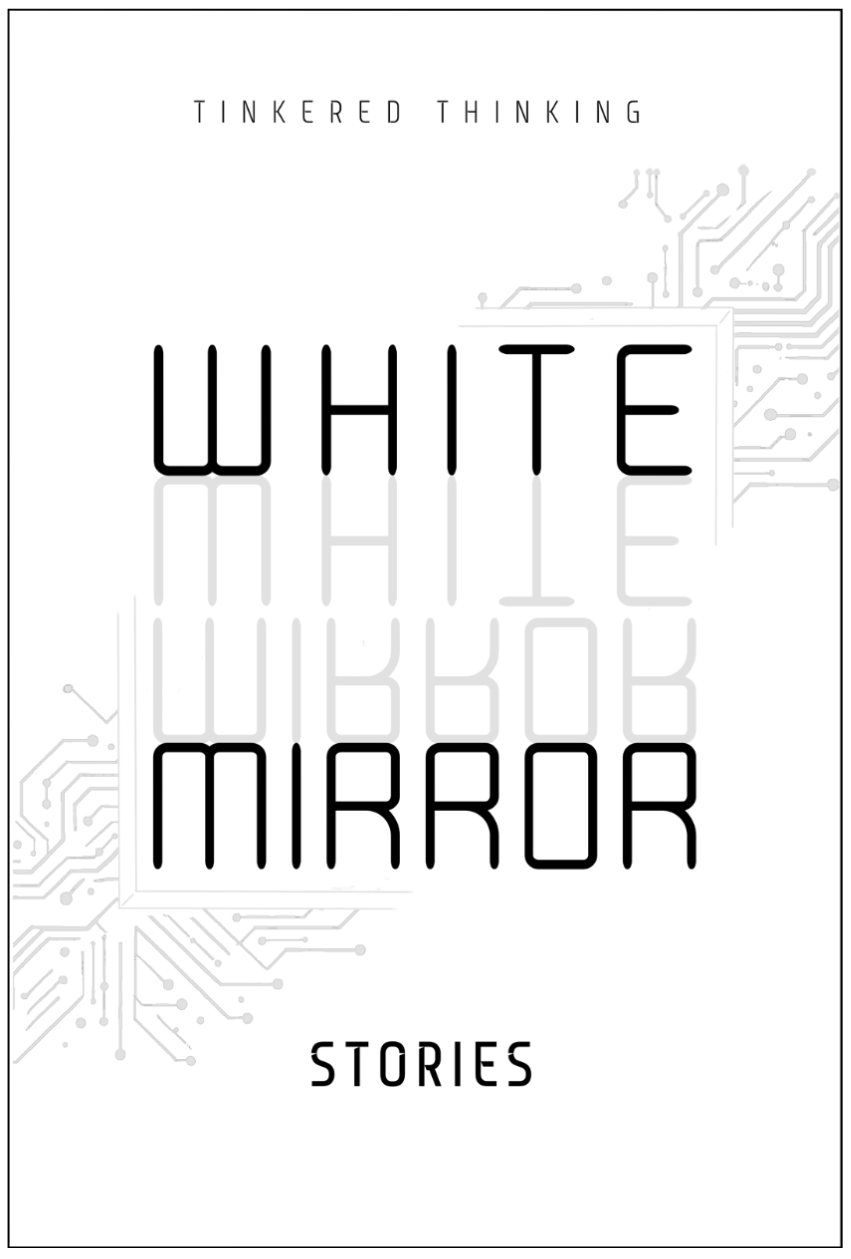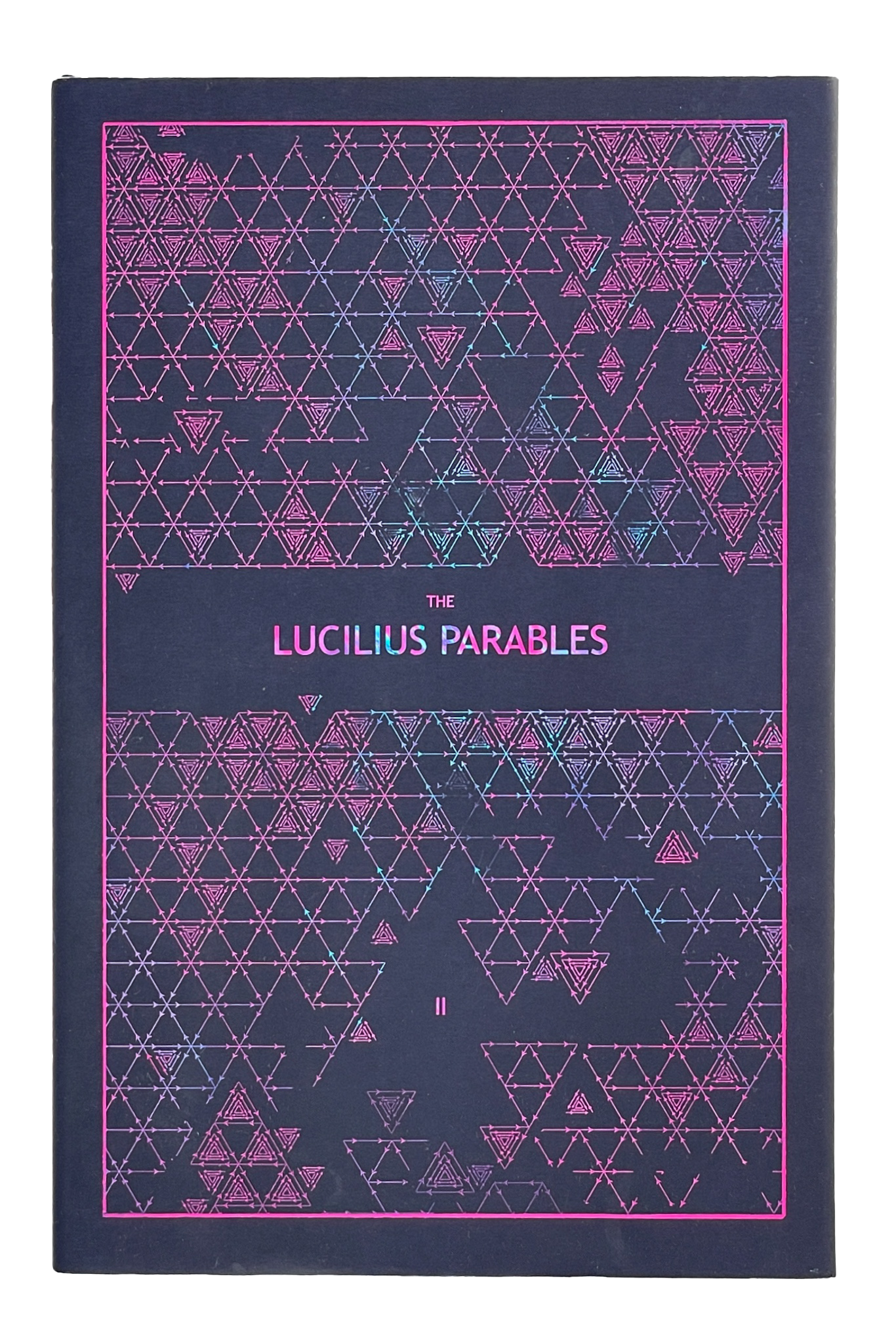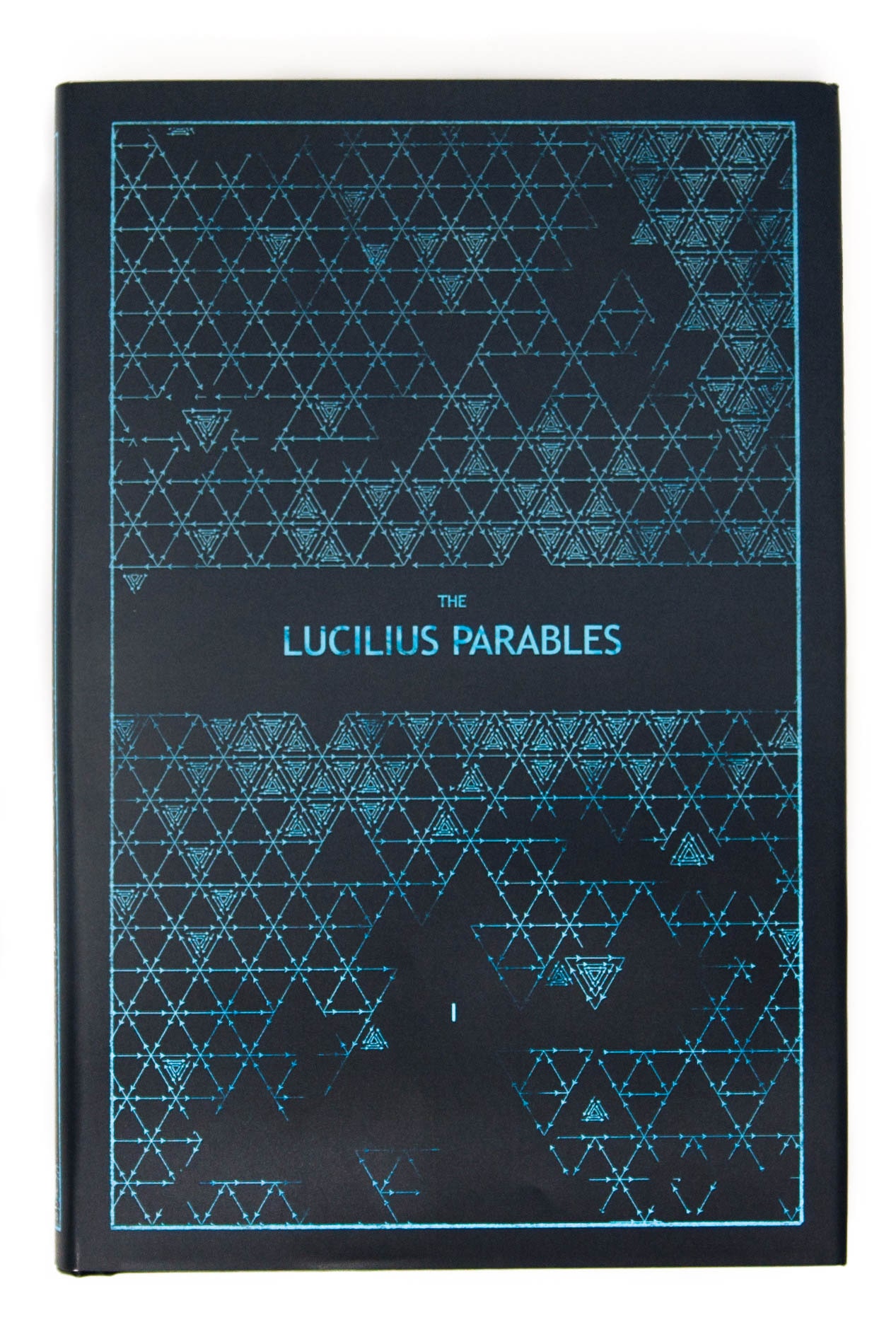Daily, snackable writings to spur changes in thinking.
Building a blueprint for a better brain by tinkering with the code.
subscribe
rss Feeds
SPIN CHESS
A Chess app from Tinkered Thinking featuring a variant of chess that bridges all skill levels!
REPAUSE
A meditation app is forthcoming. Stay Tuned.
ALLEGORY
February 12th, 2019
One of the most dangerous and powerful aspects of language is that at it’s core, it is representative. It is a composite system and network of symbols that stand in the place of the things we communicate about.
This is totally obvious for anyone who has ever stopped and thought about it. When any of us say or think the word ‘storm’, we are not suddenly whipped with the wind and rain of an actual storm. Phrased bluntly, the word storm is not a storm. And yet there is great utility in pretending that the word storm is closer to an actual storm than any one thing that we can reference.
If, for example, someone is running into a building while yelling ‘tornado’, we are safer to believe that ‘tornado’ is not simply a word in this case, but evidence of an actual physical phenomenon that risks our safety.
If we juxtapose this scenario with a classroom setting where meteorological phenomena are being discussed, the word ‘tornado’ if brought up for description and discussion is somehow further away from the real thing than the first situation.
This is an easy example of how important context is for understanding just about anything, particularly when it comes to language.
One of the more infamous examples of this has to be Orson Welles’ radio broadcast of the fictional radio drama ‘War of the Worlds’ which caused some degree of panic among the public who thought it was real. These people lacked the context of the program as a drama as opposed to an actual news broadcast.
What is striking about the nature of the concept of an allegory or symbol, is that they exist in nature in extremely overt forms.
The spider-tailed horned viper is an interesting example. This snake has evolved in a way that makes the tip of it’s tail look very much like a spider. The viper has even developed a way of moving the end of this tail so that the spider-like portion looks like a moving spider. Doing this fools a bird into thinking that the snake’s tail is actually a spider that it can eat. The bird swoops down to pluck up the snack and finds itself in the jaws of a snake.
This is not too different from the people who tuned into the War of the Worlds broadcast and mistook the fictional story for real events. One might even wonder if there was a dark and curious streak in Orson Welles who saw this sly use of fiction as a way to gain notoriety. Indeed it was the War of the Worlds episode that secured Welles’ fame as a dramatist. Would it be inaccurate to perhaps cast Orson Welles as the snake? He created a life-like lure for the unsuspecting bird-like-public, utilizing a medium in a way they’d never heard before, taking them off guard and in the end making them all aware of who he was and what his artistic power could yield. Regardless of his intent, the allegory seems fairly accurate.
Then again, it’s perhaps doubly accurate if we note that the Spider-Tailed Horned Viper never consciously attempted to make the end of it’s tail into a spider. So too, Orson Wells could have been without the intent to cause panic, but both the Viper and Welles benefit from the lure.
Virtually all creatures that employ some kind of camouflage are engaging in a kind of bio-allegory-defense. By becoming very much like a thing that their predators have no interest in, they themselves evade the interest of hungry jaws.
Despite being composed of mostly real pictures, we might ask: how much of the content on Instagram is a faithful representation of what we are being shown? How many are camouflaging their life from themselves and others with a manufactured highlight reel?
Instagram aside, we can take the cue directly from nature. Things are not always what they seem. In fact, it may be safer to assume that things are very rarely what they seem.
Anyone who has achieved an iota of growth in their life can even deduce this fact from their own experience: how many of us would love to have a few words with a former version of ourselves in order to more efficiently steer that person towards the realizations we’ve since had?
The double-edged nature of allegory, in nature and particularly in language is that there can be great deal of benefit when we pretend something is what it’s not. The down side occurs when we forget to temper our awareness and our experience with this knowledge.
When we forget that things can exit inside or behind some allegorical nature, we present ourselves to great risk, like the bird who carelessly assumes a snake’s tail is lunch, or Orson’s audience who assumes that fiction is reality.
George Orwell perhaps explored this most deeply in his book 1984 which examines how totalitarian regimes can assume great power and erode the healthy fabric of society by toggling the allegorical power of language and skewing everyone’s idea of reality in a way that makes the government’s systemic trap look inviting.
Our first and most powerful defense against such machinations is to simply Pause
Perhaps then we might make a habit of constructing the best possible question that explores the depth of any situation. Regardless of the media, medium or platform through which we perceive things – including life outside of the digital world – we must ask, is anything being represented inaccurately?
The answer is most likely: Yes.
This episode piggybacks off of Episode 250: Language. If you found this episode interesting, you’ll be sure to enjoy that one.
-compressed.jpg)





